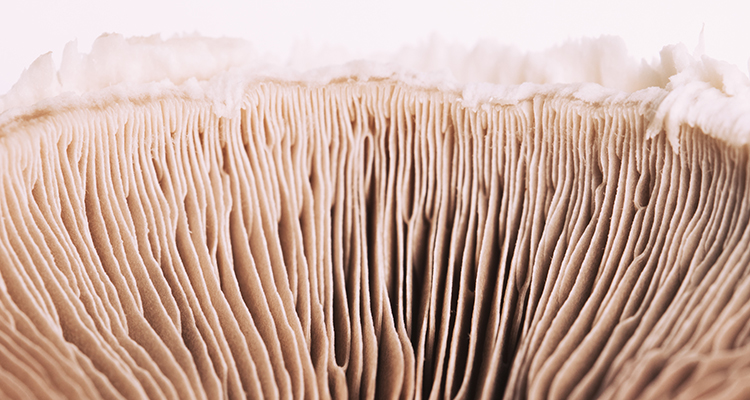It sounds counterintuitive that taking a pill that has no active medication in it could actually produce the same effect as the actual medicine. However, that’s exactly what happens with the placebo effect.
The opposite effect, nocebo, can happen as well. When nocebo effects occur, the person suffers side effects like nausea, headaches, or pain from a sham medication. Sham medications often include pills made of sugar and other inert ingredients, saline injections that include no active medicine, and even surgeries that do not alter anything in the body.
All these things have been documented to produce the exact same effect as the medications or procedures they are mimicking. Let’s look at the history of this effect, the science behind it, and its potential role of the placebo effect in chronic pain management.
History
In the 1800s, placebo treatments were widely used to combat a variety of complaints that the medical community considered to be ‘hysterical’ in nature. These included menstrual cramps, headaches, anxiety, and chronic pain with no known source. The physicians of the times told their patients they were receiving medication and then gave pills made of sugar or bread pressed into a mold and dried. These sham treatments worked well for some, and the medical community’s ethical and moral norms of the day allowed the trickery under the guise of ‘the patient’s best interest.’
In the early 1900s, the advent of new technology brought an explosion of new medical treatments, including antibiotics and vaccinations. These medications were often tested in trials that included a placebo group. If the medication produced better results than the placebo, it was judged effective. After World War II, the scientific method evolved to include a control group. This allowed researchers to account for people in the study who naturally found improvement with no intervention at all. Before this, the naturally healing participants were lumped in with the placebo group. This is important because it allows the true effectiveness of a medication and the placebo effect to be judged. As research has continued to improve, and technology has grown by leaps and bounds, the placebo effect has persisted as a verifiable phenomenon that has fascinated doctors.

How does it work?
With advanced technology that has brought a greater understanding of the neurological system, the physiologic reason for the placebo effect has become more understood. When the placebo effect is in effect, the brain releases endogenous opioids, the body’s pain control system which includes endorphins, the ‘feel good’ hormones in the body. Placebos also calm overall brain function, which triggers relaxation. Drugs like morphine and hydrocodone produce similar effects.
Crucial factor to success
The critical factor to the success of a placebo is the belief that the treatment can work. Originally, it was thought that the only way a placebo would work was if the patient believed they were getting the real medication. Research has proven that patients can experience placebo effects even if they know they are sham medication or treatments. Astounding as it sounds, the lynchpin in the placebo effect is not patient ignorance, it is patient belief. If the person receiving the placebo believes and fully engages with the treatment, then a placebo effect can be triggered, releasing the endorphins and making the patient feel better. Many factors influence the placebo effect including previous experiences, distrust in the treatment, and fear that the treatment won’t work, thus creating a self-fulfilling expectation.
Should it be used?
So, why doesn’t every treatment plan use placebos? It seems like a great alternative- no expensive drugs, no potentially harmful drug induced side effects, no need for specialized equipment. Certain conditions respond particularly well to it, including irritable bowel syndrome, migraines, and fibromyalgia. One main reason that placebo treatment isn’t included in standard pain management approaches is because it isn’t highly effective in a high percentage of the population. When it works, it’s great, but getting it to work can be tricky. If other treatments work better and more consistently, then we typically gravitate toward those options. There’s also limited data on sustained long-term placebo effects.
The Controversy
There is still a case to be made that using placebos should at least be considered in some patients. Most medical providers shun the use of placebos because they believe that they must deceive their patient to make them work. We live in the age of informed consent. This means that patients have the unalienable right to understand everything about their treatment. Within the medical community, tricking a patient with a placebo is considered unethical and immoral, which it is. As a nurse, I uphold our Code of Ethics which includes being honest and providing care with the utmost integrity. Withholding treatment information from a patient is a direct violation of this code.

However, engaging a patient in their treatment plan and presenting placebo therapy as an option is a different thing altogether. In this scenario, the provider fully explains the placebo treatment plan. They inform the patient exactly what to expect, and more importantly, the vital role the patient plays in the process. Some argue that this kind of placebo use is a testament to a healthy, trusting relationship between patient and provider.
Currently Not Recommended
Currently, placebo treatment is not approved or accepted by any pain management organizations or any college of physicians. Most such organizations have statements opposing the use of placebos in the management of chronic pain or any ailment. This opposition is typically rooted in the placebo treatment that includes the deception of the patient. They also cite the obligation of the medical community to give patients the most effective and appropriate treatment available, which most placebos do not offer. Perhaps in the future, placebos might be considered as an alternative treatment for pain, but for now, the placebo reaction is only a fascinating phenomenon of the human body.
While it isn’t a recommended treatment plan, I think the placebo phenomenon reinforces the power of our intrinsic functions. Our body has built-in mechanisms that can help us feel better and manage our pain. The same endorphins released in the placebo effect are released by meditation, yoga, and deep breathing, so there are many ways to activate the same ‘feel better’ process in our body. The Pathways app(update Aug 2023: Pathways is now a web app! Start our program here) offers a step by step guide to leveraging the powerful mechanisms within your own body. You have the power to manage your pain within yourself!
Please note: This article is made available for educational purposes only, not to provide personal medical advice.
Pathways Helps You Break The Pain/Fear Cycle
Enjoy any one of our hundreds of meditations










